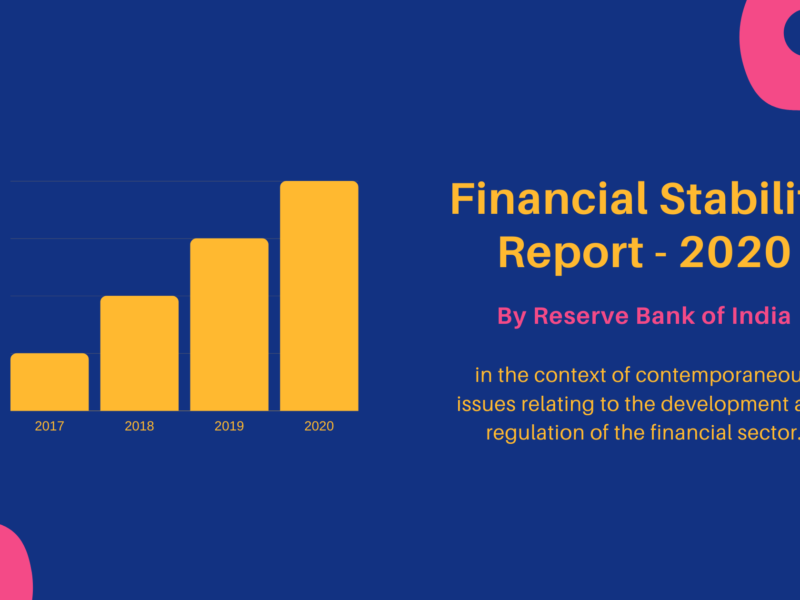The Reserve Bank of India (RBI) released the Financial Stability Report (FSR) for December 2024, offering a comprehensive evaluation of India’s financial ecosystem’s robustness and stability.
Understanding the Financial Stability Report
The FSR is a biannual publication, issued in June and December, aimed at assessing risks and resilience in the financial sector. It is prepared under the supervision of the Financial Stability and Development Council (FSDC) Sub-Committee, with inputs from key financial regulators like RBI, SEBI, PFRDA, IRDAI, and the Ministry of Finance.
Objectives of the Financial Stability Report:
- Analyze risks impacting the economy, financial institutions, and markets.
- Conduct stress tests to ensure financial system resilience.
Key Highlights of Financial Stability Report
1. Economic Performance
- GDP Growth: Real GDP growth slowed to 6% in H1 2024-25, compared to 8.2% in the prior year. Structural growth drivers remain strong, suggesting recovery in the latter half of the fiscal year.
2. Banking Sector Strength
- Asset Quality: Gross NPA ratio for Scheduled Commercial Banks (SCBs) dropped to 2.6%, the lowest in 12 years.
- Stress Tests: SCBs are well-capitalized, withstanding stress scenarios while maintaining regulatory capital levels.
3. Inflation Trends
- Retail inflation eased to 5.5% in November 2024 due to lower food prices and a favorable base effect.
- Risks: Adverse weather conditions may affect food price stability.
4. AI Integration in Finance
- AI adoption poses challenges, including market concentration and cybersecurity risks. Regulators must strike a balance between innovation and system stability.
5. Equity Market Dynamics
- A mismatch between demand and supply in equity markets persists, with domestic investors prioritizing short-term gains.
- Many retail investors face losses in derivatives trading despite increased market activity.
6. Private Banking Concerns
- Rising write-offs, especially in private banks, signal potential asset quality issues.
- Unsecured loans are a key contributor to new NPAs, raising questions about underwriting practices.
7. Future Projections
- GDP Recovery: Growth is expected to rebound, driven by domestic consumption and investment.
- NPA Forecast: Gross NPAs could rise to 3% under normal conditions and 5.3% in high-risk scenarios by March 2026. Despite this, banks are projected to maintain a capital adequacy ratio above the regulatory minimum of 9%.
8. Liquidity and Regulation
- Liquidity Shortfall: The banking system faces a ₹2.43 trillion deficit due to tax outflows and forex interventions. Measures like bond purchases and CRR cuts may mitigate this.
- Regulatory Compliance: Fines for regulatory breaches dropped by 47%, reflecting improved adherence.
9. NBFC Resilience
- Non-Banking Financial Companies (NBFCs) showcase stronger balance sheets and are well-prepared to handle stress scenarios, maintaining adequate capital levels.
This report underscores the Indian financial system’s resilience while highlighting areas needing regulatory focus and strategic interventions.












